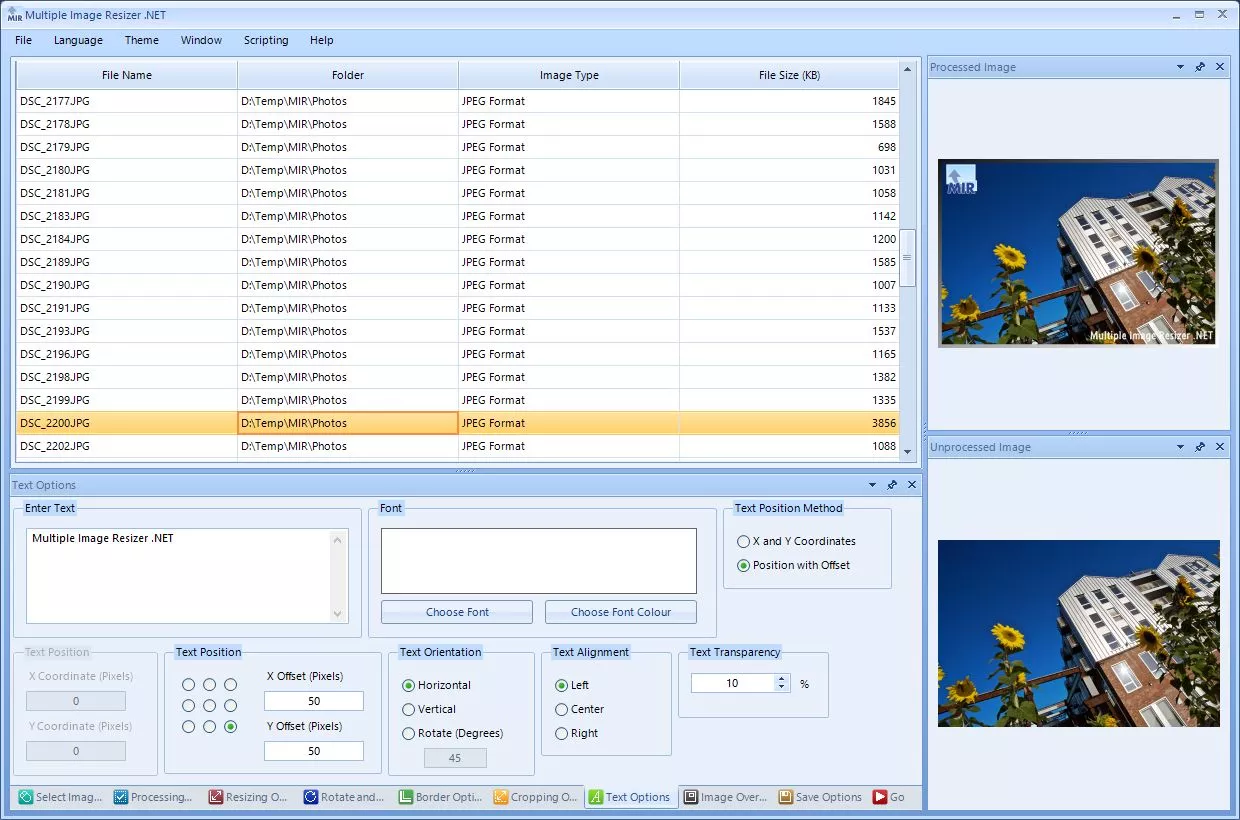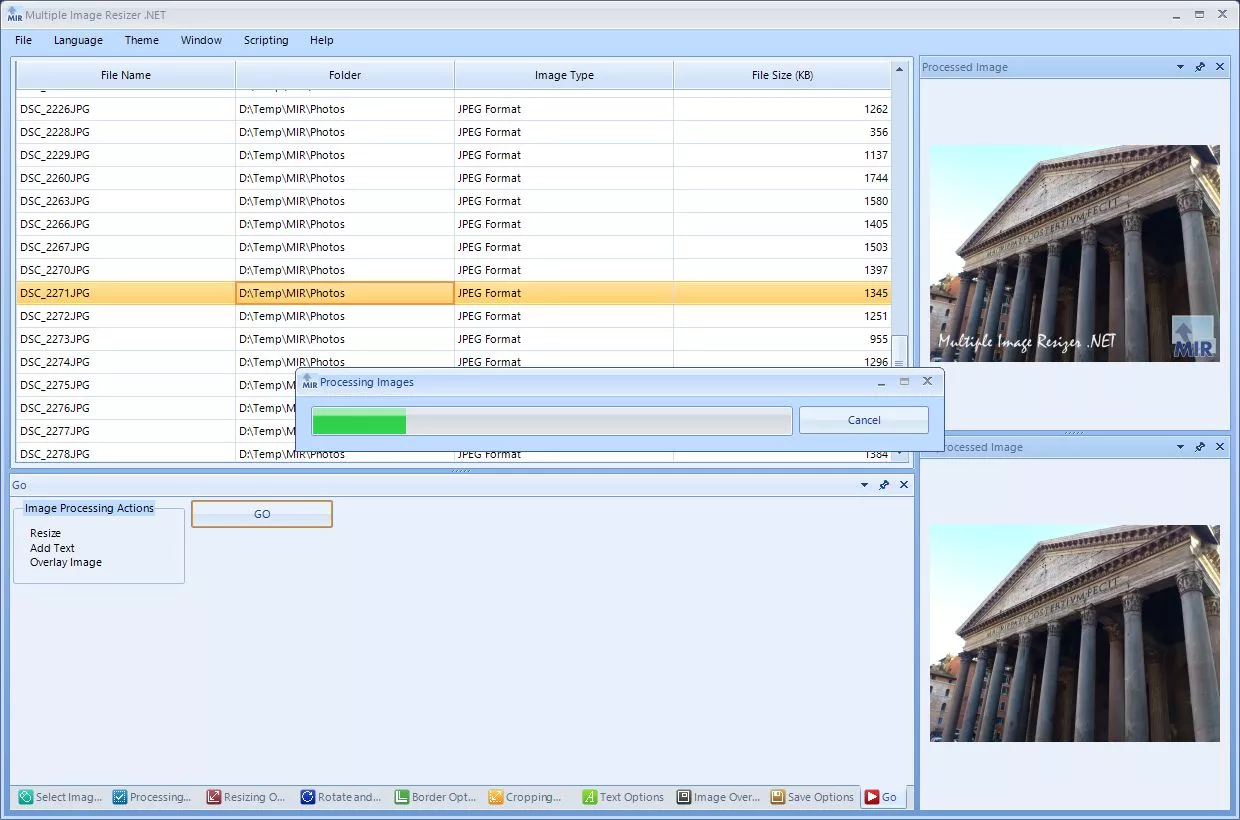Resizing multiple images can be a time-consuming process. Lots of batch resizing tools, however, are badly designed, drastically reduce image quality or simply aren't supported by their manufacturers any more. Multiple Image Resizer .NET (MIR) avoids all of these pitfalls. Here's a quick look at how to use it.
Firstly, I should contextualize this post a little. I've tried plenty of batch resizing tools and MIR ticks most boxes for me, but I've no doubt that there are others out there that work just as well and may suit other people better. With that in mind, do please provide any suggestions in the comments. It's always useful for the Gizmag community. My reason for this article is due to the dearth of information about good quality batch resizing tools.
Secondly, MIR is a Windows-only piece of software (sorry Mac users). There are a variety of batch resizers available for Mac OS, and perhaps based on any suggestions we get in the comments we can put an article together in future looking at the best of them.

And so to business. MIR is produced by bespoke software development company Acumen Business Systems, which is based in the UK. The software was originally designed to batch resize images but now offers a variety of image processing features, such as rotating, flipping, adding text and adding overlays or watermarks. Users can save and load image processing settings, set the order in which batch processes are applied to images, and customize the user interface for ease of use.
On opening MIR, users are presented with a window that is split into four sections – the file list, unprocessed and processed image previews, and a tab view. The sections can be dragged and moved around to the user's preference. The file list section allows users to drag and drop images into it, that are ready for processing. Alternatively, images can be chosen using the "Select Images" tab. The tabs are the means by which users can navigate the different image processing options. They're clearly labeled and straightforward to navigate and use.

The processing options tab allows users to set what actions will be carried out. All but two of the remaining tabs then allow users to apply specific settings based on each of the possible actions. Users can, for example, resize an image by setting a new height and width, by a percentage, by scaling to a new height or width, by maximum size, and so on.
Similarly detailed options are available for users to rotate or flip images, add borders, crop images, add text or add overlays. The "Save Options" tab also provides some useful functionality. For example, images can be overwritten or saved to a folder of the user's choice. Prefixes or suffixes can be added to new filenames, output file-types can be set and new resolutions applied.

Once you've input your desired new image settings, it's simply a case of pressing "Go" and letting MIR process the images, which generally takes a matter of seconds. This is a lightweight, mercifully simple and quick piece of software. Best of all, though, the images it outputs are consistently of an excellent quality, instead of grainy and jagged as can be the case with other batch resizers.
MIR is free for personal or educational use and offers a variety of licensing options for commercial users.
Let us know what image tools you use, in the comments.
Product website: Multiple Image Resizer .NET






















